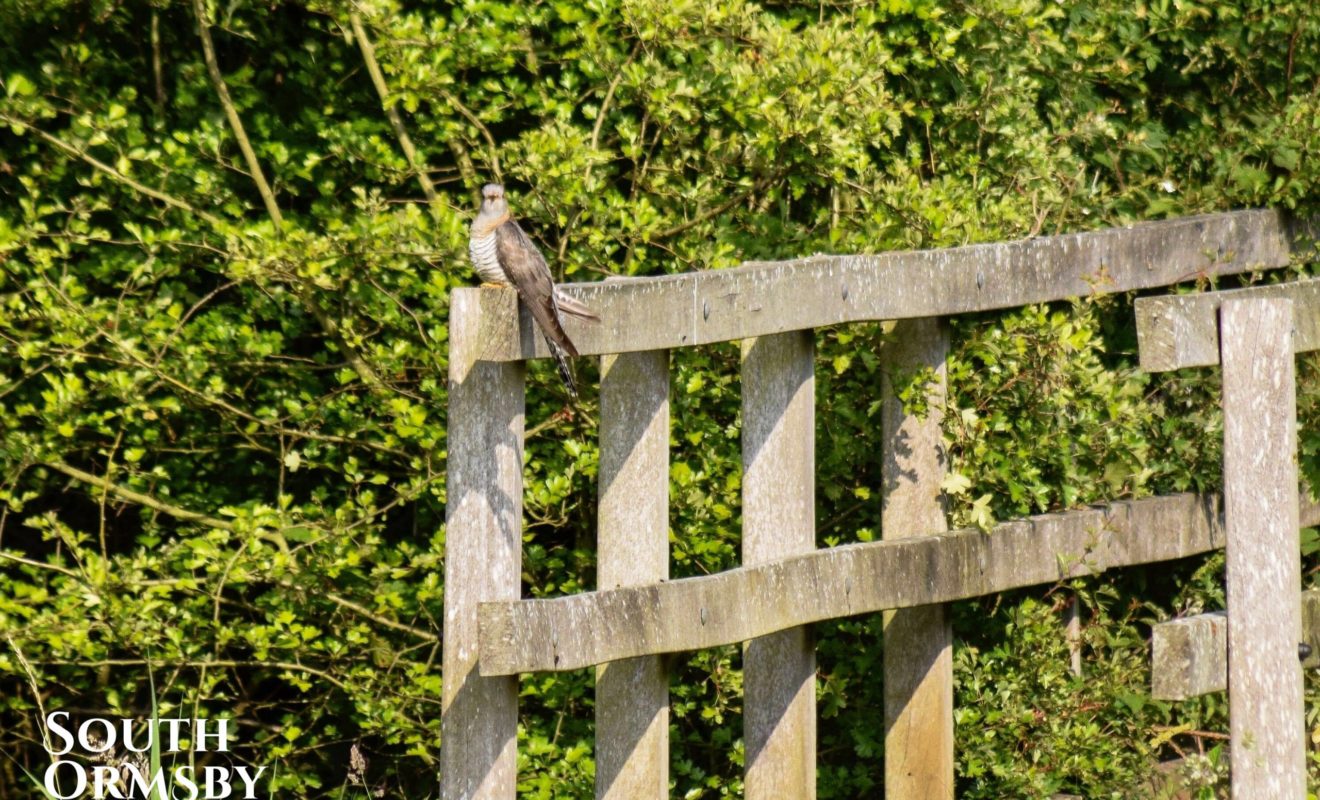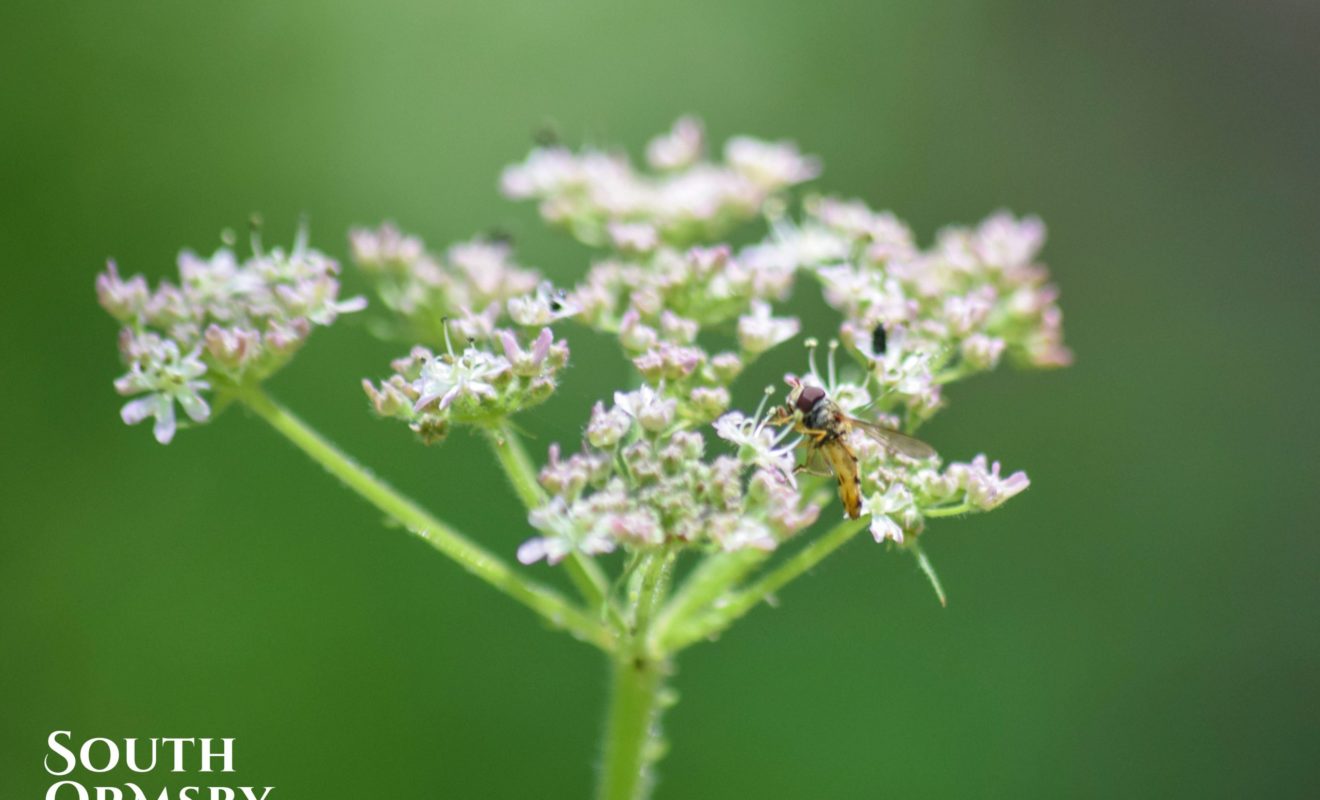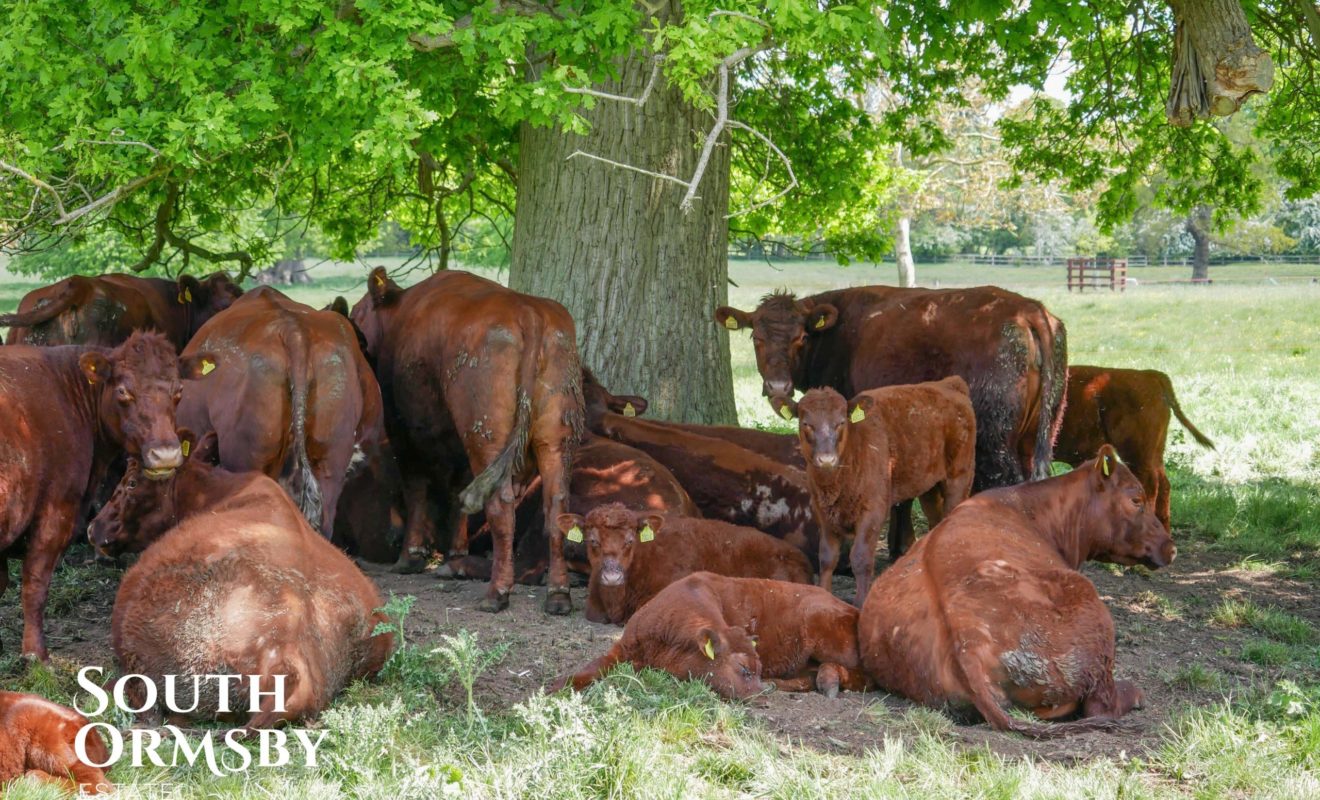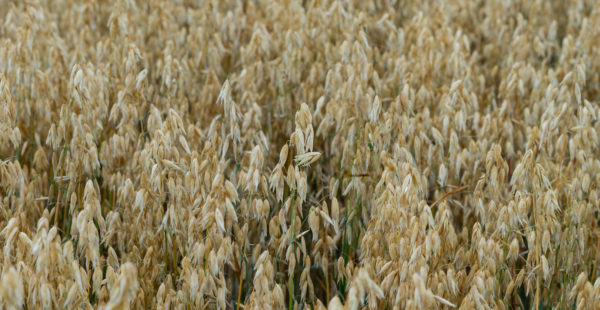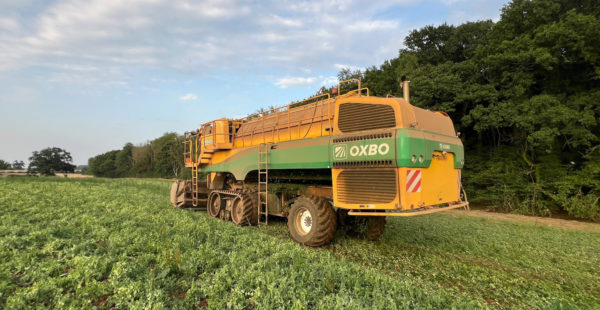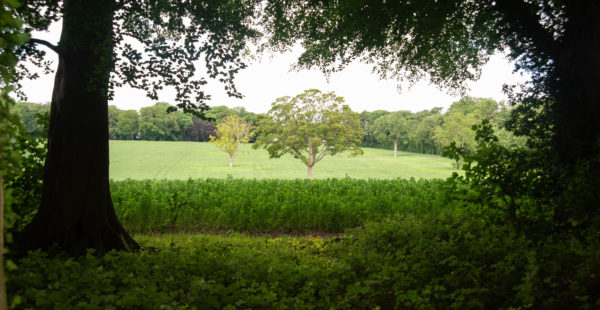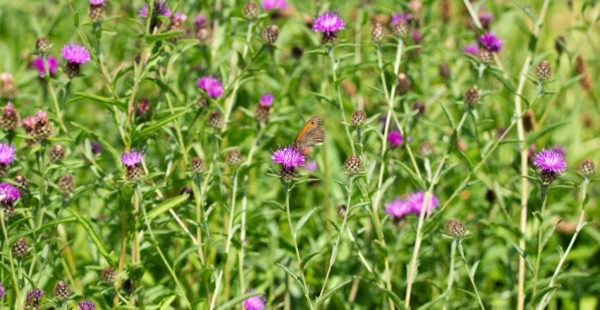A Week on the Estate: Cowpats, Cuckoos & Creamy Cocktails
Flaming June finally arrived for the estate this week and the landscape brimmed with life. Strong sunshine after a useful amount of rainfall has allowed both wildlife and agriculture to thrive.
Paul Barnes and Tristan Jørgensen have heard our exotic visitor, but now Damian Furlong has seen it. On one of his walks, he found himself face-to-face with a cuckoo. The cuckoo is a summer visitor to the UK and a well-known brood parasite, typically targeting dunnocks, reed warblers and meadow pipits. The RSPB includes the species on its conservation ‘red list’, meaning that it faces global decline as well as a UK decline of over 50% of breeding birds over the last 25 years. It’s good news for the estate – and for the cuckoo – that it appears to be doing well here.


